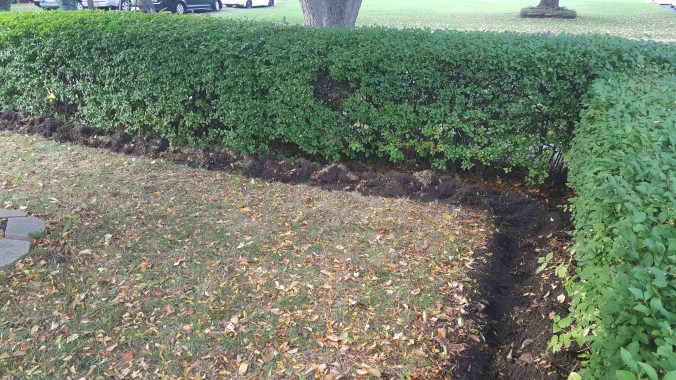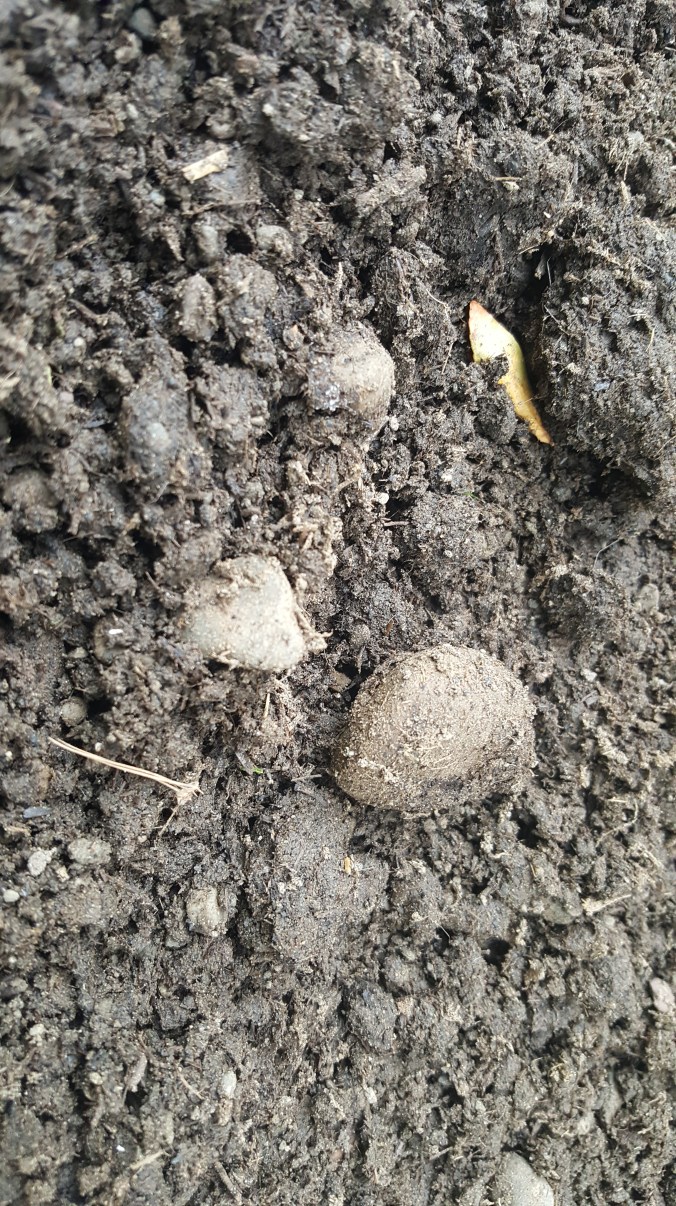It has been wayyyy to long since I have last blogged! We have had a lot going on in our home– since March, we have been laying down new flooring in phases– which, we finally finished this past weekend! That, and winter being sooo longggg here, it’s been a tough few months, but I got back in the garden this past week, and I have learned quite a bit!
I bought my first Davin Austin® Rose this year! My plans were a little loose as far as the garden was concerned, but one of my major plans was to plant a rose. I splurged and purchased my new “The Pilgrim” rose in February, and they mailed it to me two weeks ago!

Photo source: David Austin Roses
Here’s a little bit of information about The Pilgrim:
- As you can see above, it is a beautiful yellow climbing rose. Climbing roses to have bigger flowers and don’t grow as fast or vigorously as rambler roses.
- It does very well in shady areas— particularly North facing areas, which, I was thrilled about, because I planted the rose on the front of my house, which happens to be North facing.

I got the rose on the Thursday before we went camping, and, by the way, it was SNOWING and 30 degrees that weekend. I left the bare root in the box. I called David Austin® Roses USA based out of Texas, the Monday after we got back, and wanted to get some info about my rose, and when I should plant it, considering it was snowing the past weekend–why would I bother until it got a little warmer? The customer service representative was a little snarky with me, saying I needed to get the bare root in the ground immediately, but first, I needed to soak it in water for several hours before I planted it. If you follow me on Instagram, you know my desperate call for help when it came to soaking the bare root– several hours, or several days, or just a couple hours? I soaked mine for seven hours and then planted it.

My first experience with a bare root anything!!
Thanks in large part to the David Austin® Roses website, which, I highly recommend visiting, because it is an extremely easy and informative website to understand when it comes to everything roses.
So, what has this rose-growing novice learned so far?
- Bare root roses need to be soaked for hours (that could be anything from 2 hours to 2 days, everybody has a different preference), so it can be re-hydrated before it is planted in the ground.
- Make a hole large enough to fit the large root system of the stem. (You could go with the usual rule for any plant, make a hole twice as large as the plant).
- Give your rose some room to grow– make sure it is not competing too much with other plants. Hmmm…I think my plants might be a little closer than they should be, but hopefully it won’t be a huge issue.
I am happy to report that so far, so good. My bare root has buds on it, and they are growing. I will be giving a full report and time goes on and as I learn more about roses, and what I need to do to keep them alive! I honestly never thought I would ever grow a rose, so the fact I am actually doing it now is very exciting to me.
Stay tuned for more info. I hope you all weathered the long winter well!



































